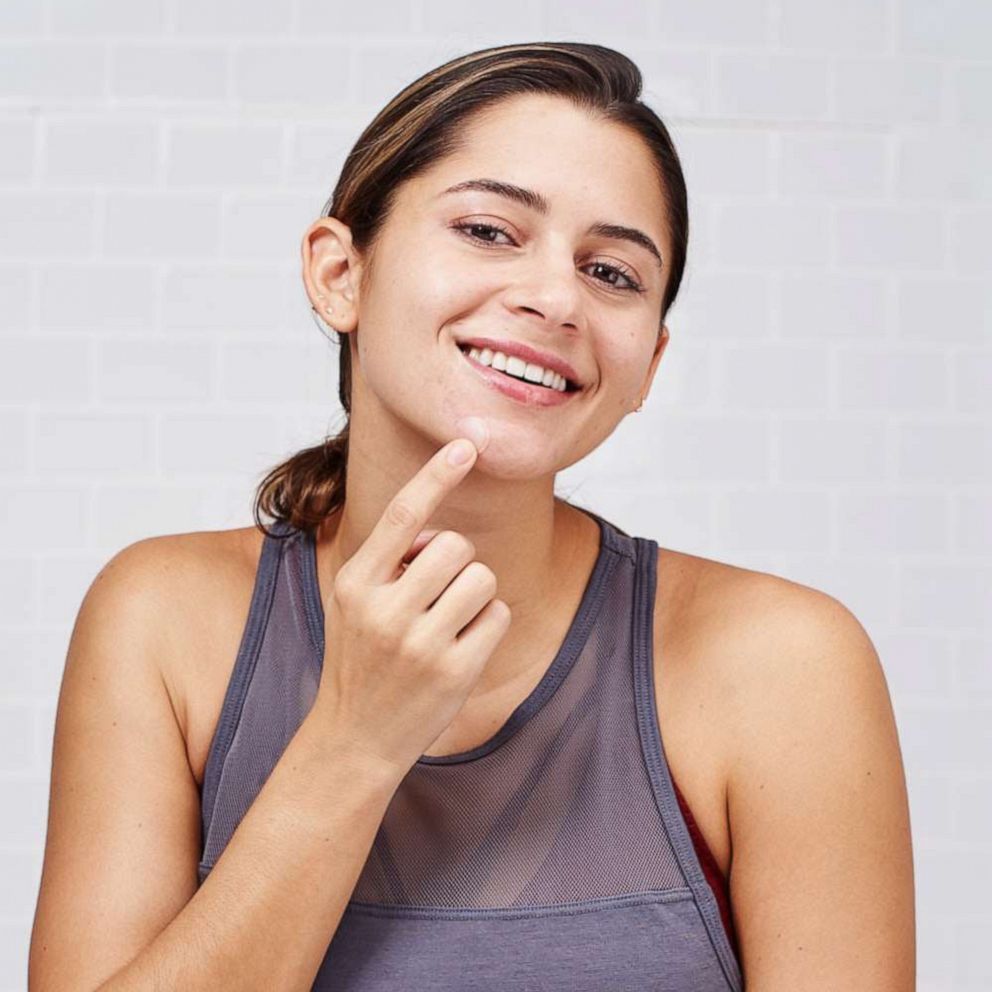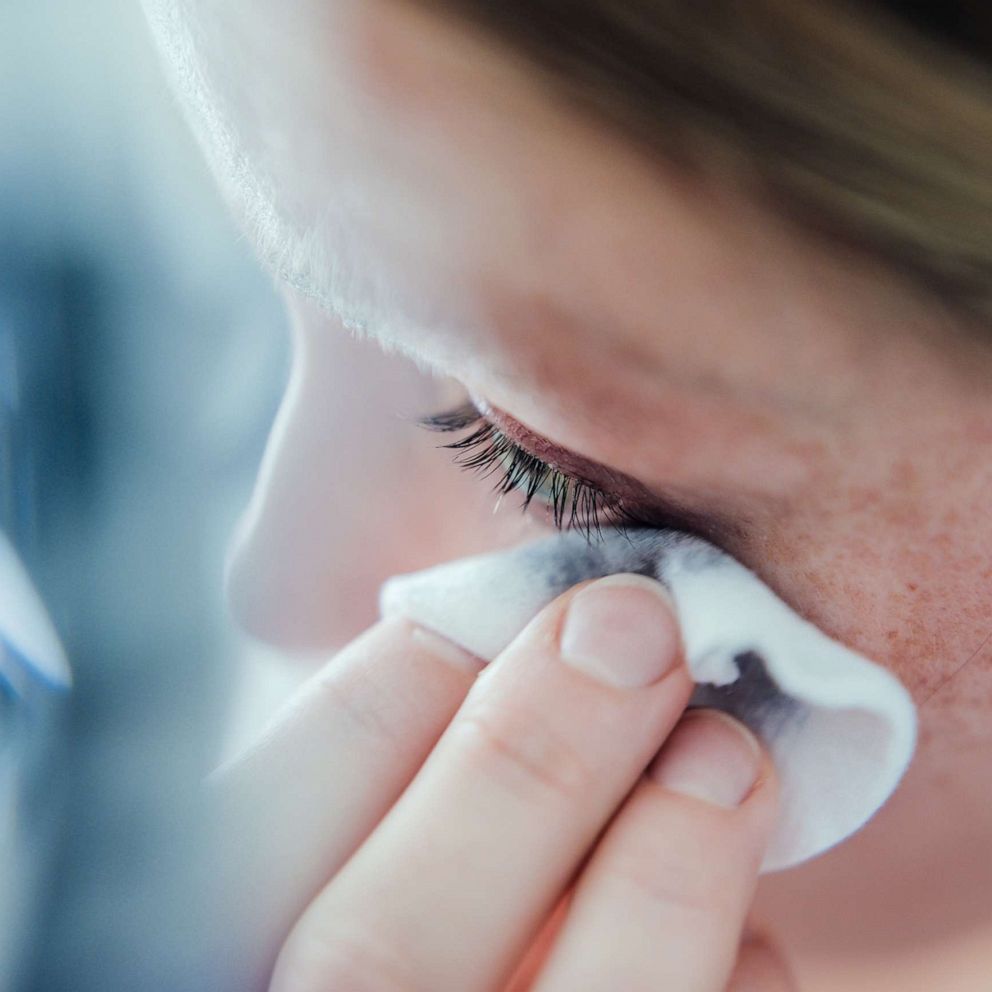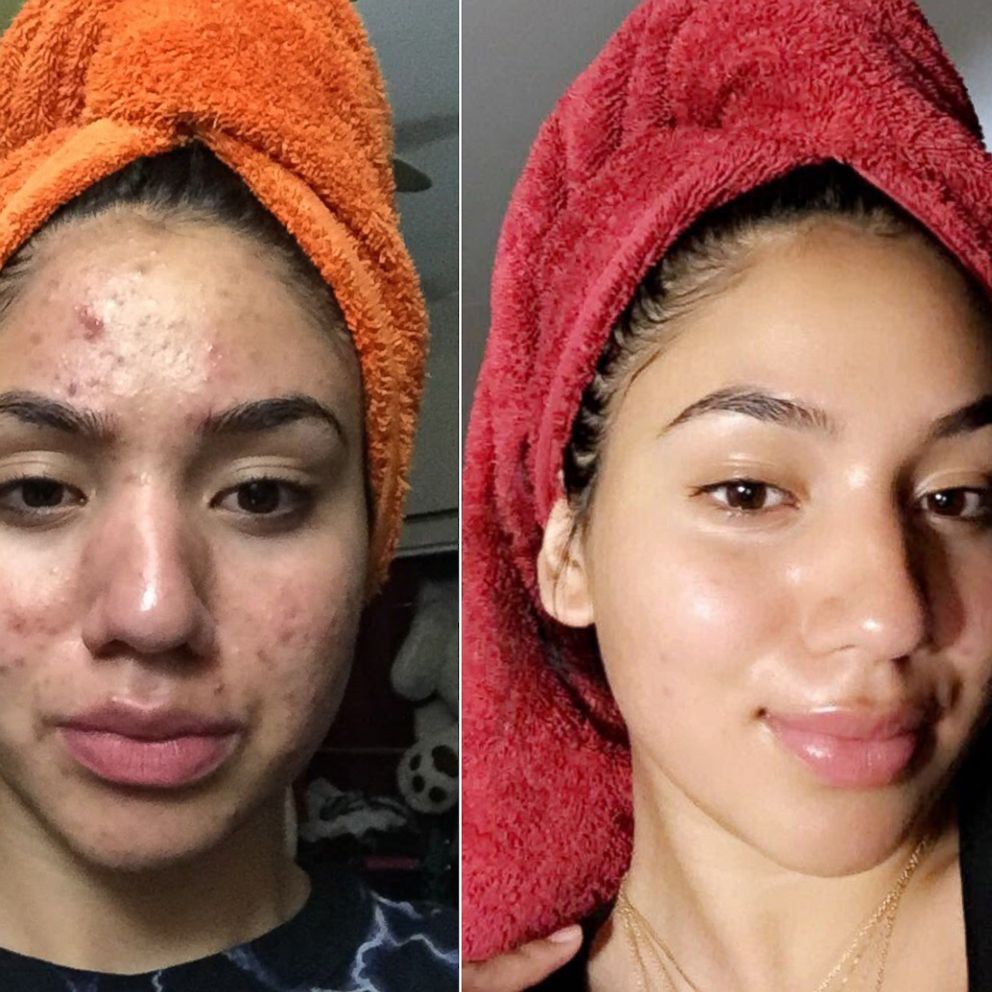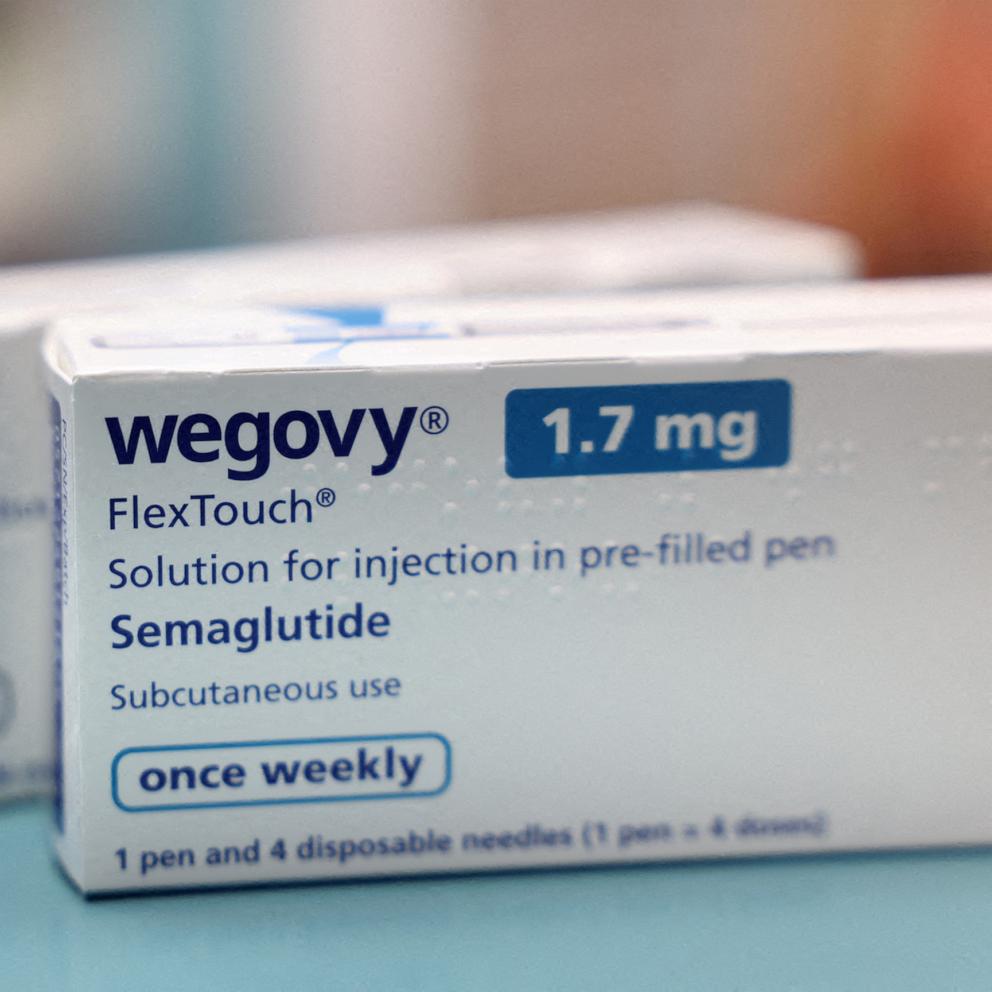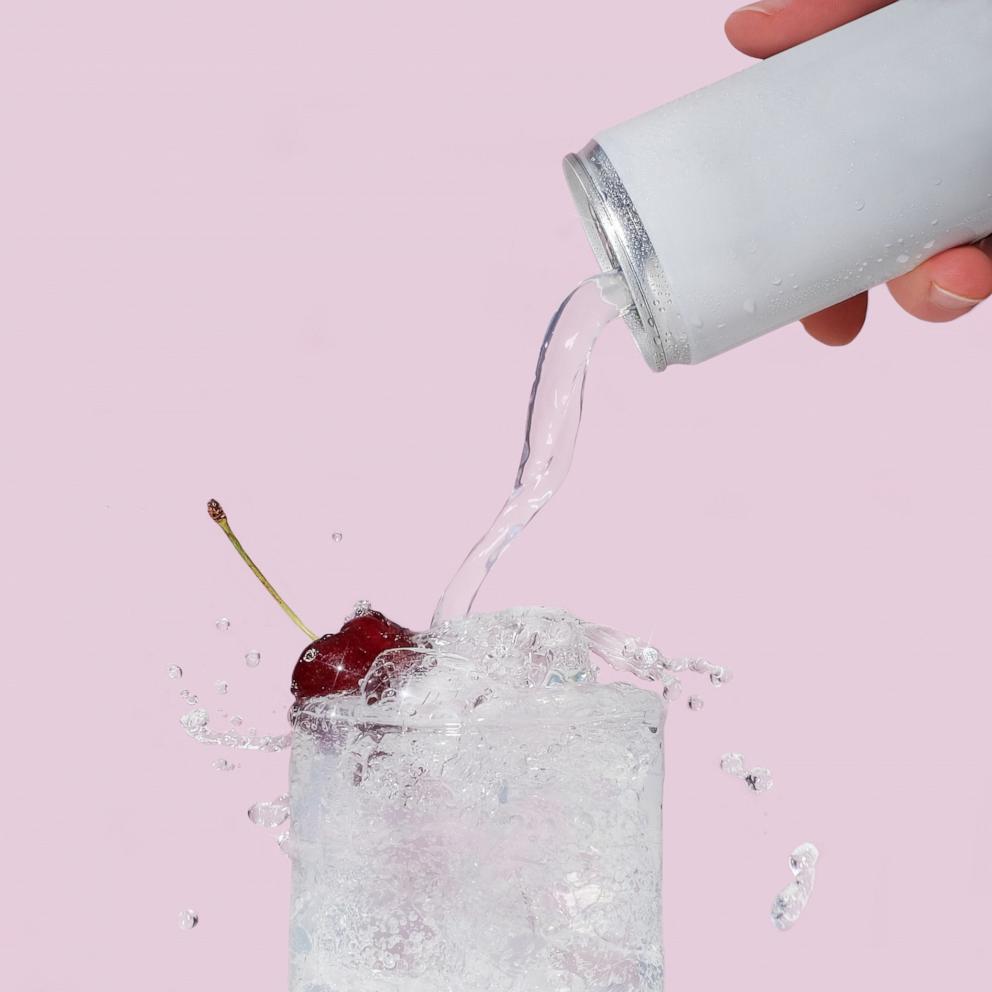Acne stickers, also known as pimple patches, are used to spot treat acne breakouts.
They are typically placed on top of clean skin to help shrink or prevent pimples.
But do they actually work and what type is right for you?
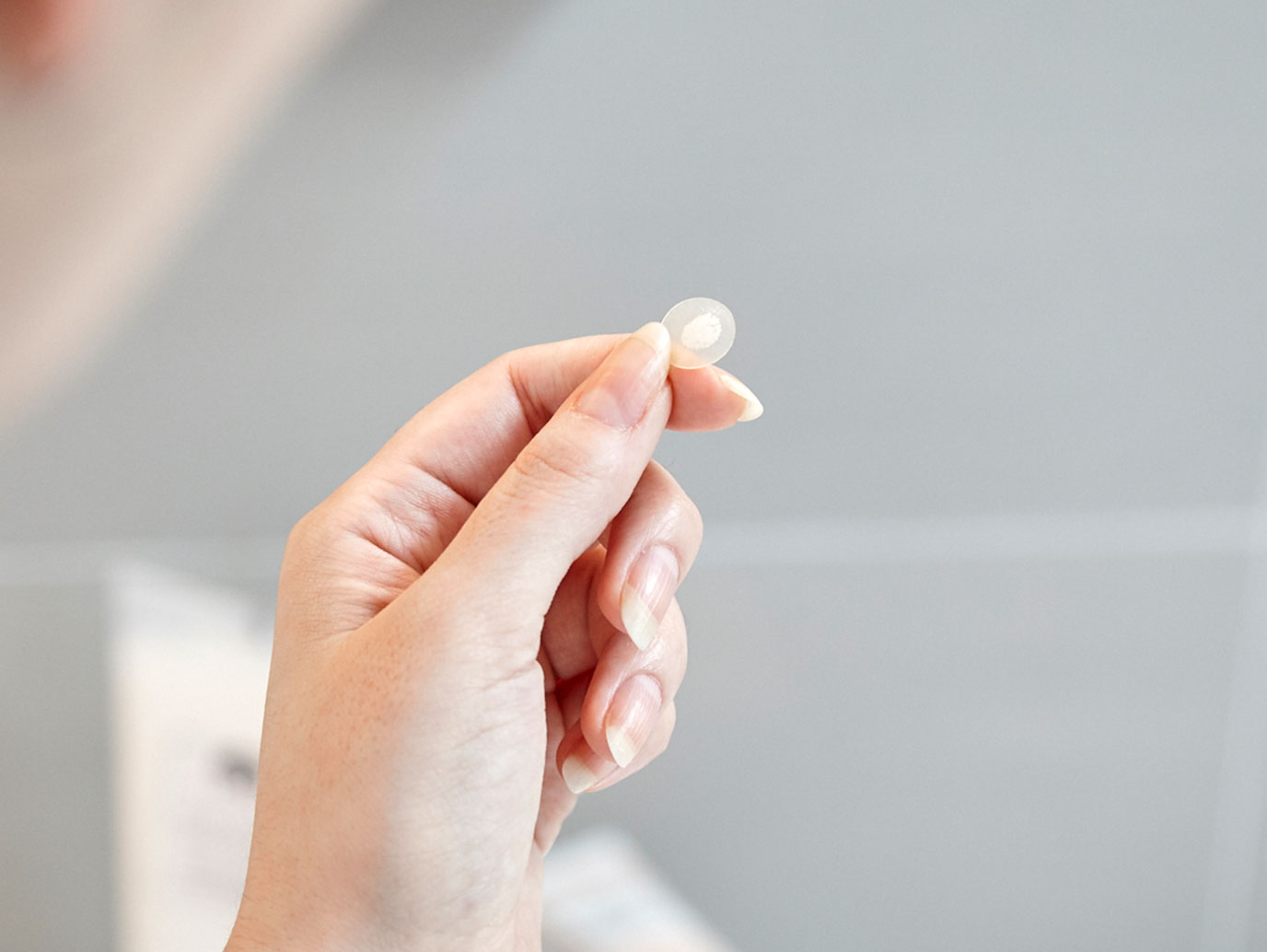
What are acne stickers?
New York City-based dermatologist and author of Dirty Looks Dr. Whitney Bowe says, "stickers act as a physical barrier between your fingers and your zit."
She says they are great for people who tend to pick or scratch at their breakouts.
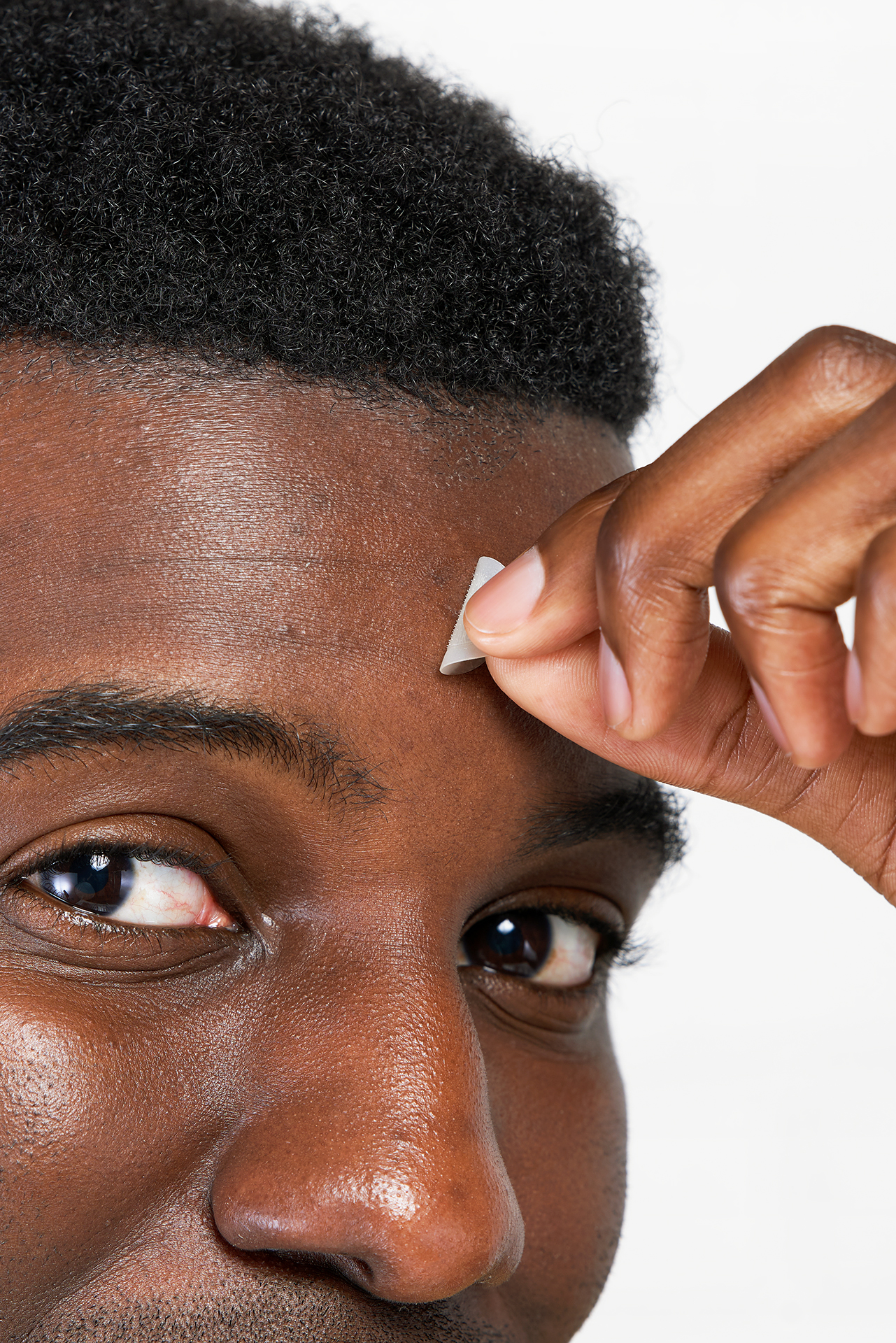
"Picking, or popping, or any form of manual manipulation can dramatically increase your risk for hyperpigmentation, infection and scarring," Dr. Bowe told "Good Morning America."
Placing a sticker on top of a breakout can help keep bacteria away and speed up healing time.
Hydrocolloid
Many acne stickers are made from hydrocolloid bandages which help absorb fluid.
Dr. Bowe says, "you can think of each pimple as a minor wound, and these bandages help stimulate them to heal."
Hydrocolloid patches are best for breakouts at the top of the skin with a visible whitehead.
Brands like Starface, Squish, Peach and Lily and Welly all make hydrocolloid patches with no other active ingredients.
Salicylic acid
Salicylic acid is a common ingredient in found in many acne-fighting products.
According to the National Center for Biotechnology Information, "the comedolytic property of salicylic acid makes it a useful peeling agent for patients with acne."
"Salicylic acid can be drying, but is incredibly effective for reducing inflammation associated with acne lesion," Dr. Bowe added.
Peace Out, Alba Botanica and Patchology make acne patches that contain salicylic acid as an active ingredient.
"We would recommend salicylic acid patches for anyone with cystic acne or new pimples not yet turned into white heads," Chris Hobson, CEO and founder of Patchology told "GMA."
Microdarts
Acne patches with microdarts are the latest spot treatment to hit shelves.
"Dissolving microneedles are a very cutting edge delivery mechanisms to increase penetration of some ingredients through the stratum corneum into the deeper layers of the skin," Dr. Bowe said.
These patches are helpful for more stubborn breakouts that are deeper under the skin.
Some of the patches contain ingredients like hyaluronic acid and niacinamide to help heal breakouts.
As per the NCBI, "because of its verifiable beneficial effects, niacinamide would be a suitable component in cosmetic products for use in disorders of epidermal barrier function, for ageing skin, for improving pigmentary disorders and for use on skin prone to acne."
ZitSticka, Dr. Jart and Hero Cosmetics have all implemented this type of microdart technology into their acne patches.
Ju Rhyu co-founder and CEO of Hero Cosmetics says microdarts, "help deliver active ingredients to the source of the pimple and helps treat early stage zits."
The takeaway
Acne stickers are a great way to help with breakouts but should be used in conjunction with other treatments and you should always consult a dermatologist.
"Pimple patches are only used to spot treat an active pimple and should be using alongside other acne products. An acne regimen should be followed for those with acne-prone and oily skin," Tawhanna Wood, senior manager of research and development at Alba Botanica told "GMA."
